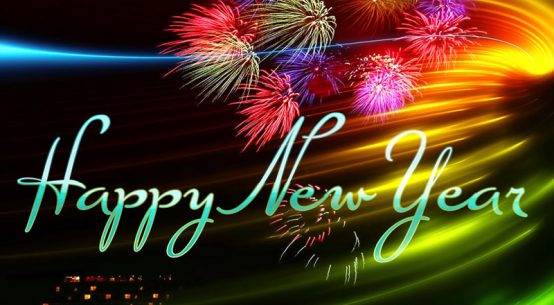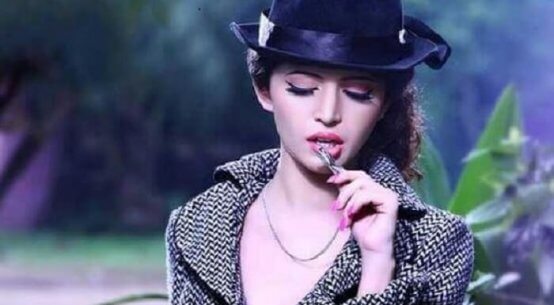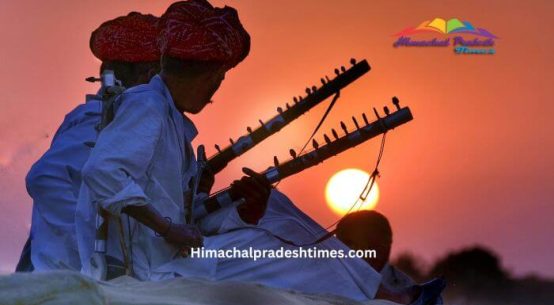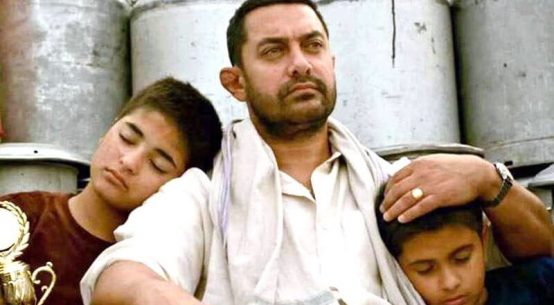Dance, a very enthusiastic word which means the movement of the body in a rhythmic way. It is usually done to express an idea or emotion, release energy, or simply taking delight in the movement itself. Dance is also done to show devotion to God. Dance is all about what the person feels and how he/ she wants to express it.
One such place where dance is done with the idea of many different things in Himachal Pradesh. It is the place where more than 20 dance forms are performed. In Himachal dance is considered a very essential part of the culture and during every function, dancing is considered compulsory to show gratitude to the god.
So, Some of The Traditional Dance Forms That Practiced In Himachal Are:
#1. Nati:
Nati is the most famous dance form of Himachal Pradesh. It’s also listed in the Guinness World record Book as the largest folk dance. It originates from districts like Kullu and Shimla and became popular among the whole state. It is also known as Dev Nati. The main reason behind the popularity of this nati culture around the globe is the immigration of ethnic Paharis to the different-different parts of the world. Traditionally it is done on the beats of instruments named Dhol-Damau.
There are several types of Nati performed all around the state like Kullvi Nati, Mahasuvi Nati, Sirmouri Nati, Kinnauri Nati, Pahari Nati, and many more. The costumes used to wear during the dance are Churidar and Ghagra-Choli. This is one of the very old forms of dance that exists in the state.
#2. Dalshone and Cholamba:
These dance forms belong to the Ropa Valley. The story behind the dance is it is generally performed when a tiger is killed. In this the dead animal skin is stuffed and then a gold ornament is put in his nose and then the remaining corpse is rotated and people like to dance around that. The pattern formed during the performance seems to resemble coiled serpents.
Due to just because of the copy of snake movement this dance form is also known as “Nagas Kayang”. One other form of this dance is named “Herki Kayang” which is generally done during romantic moments by young men and women. The dance also represents the scenes of forest and village life, which give us a glimpse of the life of people in Himachal. It is done on both the rhythms whether slow or fast.
#3. Dangi:
This dance form is also one of the prominent folk dances from the Himachal. This dance form’s main purpose is that it is mainly done to devote the goddess Naina Devi during the harvest season. This is performed in the Naina Devi temple by the female dancers. There are many stories related to this dance form; One story depicts the story of the king and the common Village girl that how much they love each other.
The second story depicts the business transactions between the Client and the Businessman that what must be the relation between the taker and giver.
This dance form is full of energy, enthusiasm, and vigorousness. These all the things are executed along with the emotions.
Read Also: Beautiful Festivals and Fairs Celebrated in Himachal Pradesh
#4. Demon(Also known as Rakshasa)
As it is clear from the word that this dance form generally relates to the supernatural being, typically associated with evil. This dance form generally belongs to the Kinnaur and its nearby areas.
This folk dance is compared to the deer and performed with demon masks. Also this dance form represents the attack of the demon on the crops and the demons are afraid by the rituals of the good forces that are performed to move them away from crops. This dance form is mainly done during local festivals like Chaitol and Bishu. This dance form is mainly organized in the areas of a dense population so that more people take part in this. Dance form is performed by the men and women holding hands of each other and the person who is leading them is known as “Ghure”.
#5. Chhanak Cham:
This dance form is performed as a tribute or in the memory of the Divine Lord Buddha. This form is originated in the Lahaul-Spiti region. This dance form is performed by the Lamas of this region on the occasion of the Chakhar, which happens once every three years. The headgear worn during the performance of this dance form is called Chhanak, and that’s why the dance form is named Chhanak Cham. The dresses are made up of glimmers of red, black, and yellow fabrics. Knives and Swords are also an important part of the dance as every performer used to hold these things in hand. They also used to wear masks on the face and this give them look like sepoy.
The instruments included in this dance form are ‘Tangchim’(the long pipe-like instrument), Drums known as ‘Ghann’. These instruments are performed by the Lammas. Also this dance form is mainly performed in the Buddhist monasteries. The dance is famous for its Headgear that looks different, costumes, and masks. The dance is also very famous in a country like Singapore.
Read Also: Who are the Top 10 Great Musicians of the Himachal Pradesh
#6. Jhainta:
This is one of the most famous Jhainta dance forms of Himachal Pradesh. Dance gives energy to the dancers and is said to make the dancers even bolder as they face the hardships in life. This dance form is originated from the Kumaon District of Himachal. This dance form is done to rejuvenates the dancers. The dance can be performed by both men and women.
The dance is performed with whirling movements around each other. And in doing so the Vibrant colors of dancers mix with each other looks very awesome and soothing to the eyes. This dance is done to show devotion to the Lord Vishnu as its name also derives from the Lord Vishnu avatar name Kurma.
There are many other dance forms performed in Himachal Pradesh like Chham Dance, Dandras Dance, Lahaul Dance, Thoda Dance, and many other tribal dances just to rejuvenates ourselves as well as for the worship of God.



